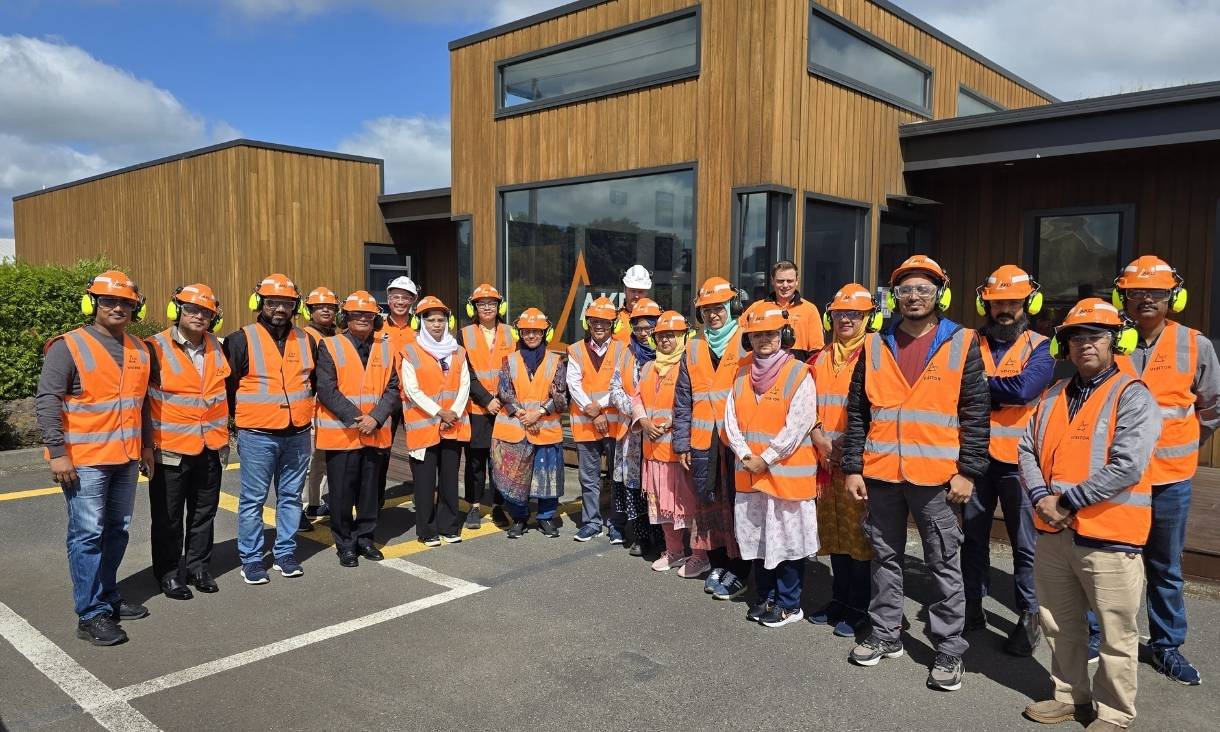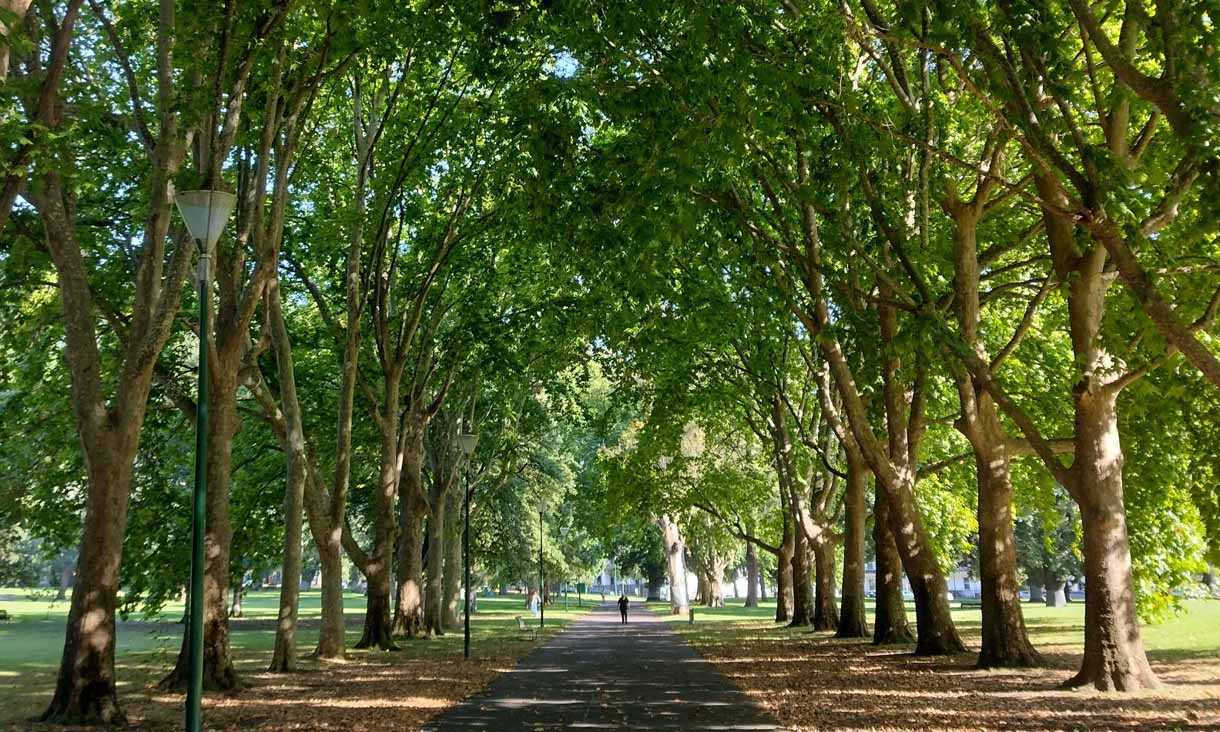Warming temperatures may shrink wetland carbon sinks
A major global study using teabags as a measuring device shows warming temperatures may reduce the amount of carbon stored in wetlands.
RMIT researchers help build climate-resilient housing in rural Bangladesh
Researchers from RMIT have partnered with the Palli Karma Sahayak Foundation (PKSF) in Bangladesh to build 40 sustainable and resilient housing solutions for vulnerable rural communities.
Study calls for city fashion waste shakeup
With most donated clothes exported or thrown away, experts are calling for a shakeup of how we deal with the growing fashion waste issue.
Major Australian cities fail international tree canopy goals: study
New research measuring access to nature for eight major global cities, including central Melbourne and Sydney, found most have inadequate canopy cover despite access to an abundance of trees.





